ROOM: The Space Journal is one of the prominent magazines on space exploration, technology and industry. At ROOM, we share a common objective – advancement of peaceful space exploration for the benefit of humankind, all while bringing you comprehensive articles on an array of current topics. Our authors include scientists and industry leaders from all over the world, which lets us bring you timely and accurate information about small space gardening magazine.
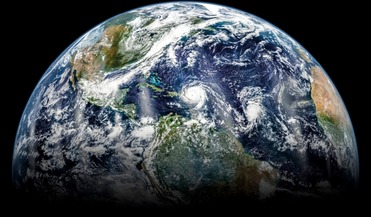 July 2020
Pandemic in space – are we ready?
July 2020
Pandemic in space – are we ready?
... Earth. As humanity begins to venture further afield and establish more permanent residence in space, responding to a pandemic in space, or a virus originating from space, are real and pressing issues that need to be addressed. As a fragile, organic...exposure aside, recent research has demonstrated that long-term space habitation, and the stress caused by being confined to small spaces and separation anxiety, may reactivate certain zoster viruses ...
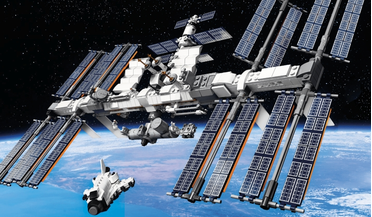 July 2020
Lego’s replica space programme
July 2020
Lego’s replica space programme
... and model building. It is therefore no great surprise that Lego has embarked on its own small space programme. Entering space Space is increasingly an integral part of our culture… It is therefore no great surprise that Lego... space industry, space insurance and space education sectors. He is the author of six books, including The Cambridge Dictionary of Space Technology and Space: The Fragile Frontier, has edited three space industry magazines ...
 July 2019
Stepping into space with STEAM
July 2019
Stepping into space with STEAM
...leadership, empathy and accountability. Industry leaders will have greater small group engagement with the Ambassadors than was possible at the larger Cities in Space events and students will take back the tools they have...the community. Holly is on the advisory boards for global organisations such as Space Vault, Finsophy, and STEM for Women magazine. She also sits on the Space Economy Task Force in Austin, Texas. Jeff Smith is a Material Control ...
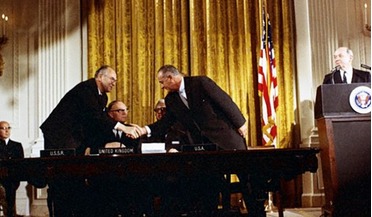 July 2019
Who owns outer space?
July 2019
Who owns outer space?
... problem and... therefore, only subject to a political solution. Without supportive political action to develop the law of space, space lawyers are reduced to the 20th century version of arguing the number of angels that can sit on the...science, economics, culture and law. She has degrees in law and physics and has written for magazines, radio and broadcast documentaries. She was recently the ‘in-house’ writer and researcher for London-based...
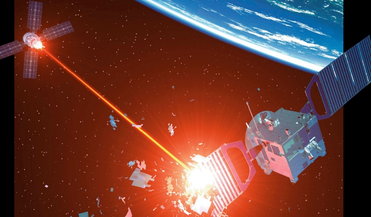 June 2022
Military space – how worried should we be?
June 2022
Military space – how worried should we be?
...space and ‘civilian’ space, with an all-civilian space agency, NASA. The government and media portrayal of early space was unmistakably ‘peaceful purposes’: see the film The Right Stuff, read the US-published Colliers magazine... or Russia’s Teknika Molodezh, admire Mosfilm productions. No missiles there. At the same time, there was a parallel, typically obscured, track of military space development. The same ...
 February 2020
Preserving our space heritage
February 2020
Preserving our space heritage
... effects will degrade materials over time, and micrometeorites and man-made space debris could collide with the satellites. Small particles would create impact features on our museum exhibits and, although ... one of the central functions of any museum. It is suggested, therefore, that a space museum should seek to document its exhibits in orbit by sending small inspector satellites to image them. The video footage collected by such satellites could...
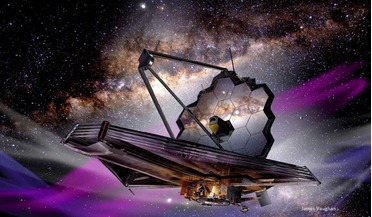 May 2022
Essential guide to the James Webb Space Telescope
May 2022
Essential guide to the James Webb Space Telescope
... around nearby worlds. Although we have planned extraordinary science, we cannot imagine the universe the James Webb Space Telescope is about to reveal. WST is not ‘Hubble’s Replacement’ but ‘Hubble’s Successor’, designed ... astronomical community. Many astronomers plan to study exoplanets, focusing on characterising the atmospheres of small rocky worlds orbiting small, reddish M-dwarf stars. Although the most abundant type of star in our galaxy, ...
 April 2021
Space wars - how they start and how to end them
April 2021
Space wars - how they start and how to end them
... that is going on to any reasonable level of confidence. Firstly, very few countries have space surveillance sensors that can form even a small picture of what satellites are up there and what their capabilities are and, secondly... issue is the hidden ASAT. It would not take much to hide a small ASAT inside one of the massive exhaust cones of 1960s-era space boosters that remain in orbit. These boosters have already completed half of their...
 October 2018
The ethics of space exploration
October 2018
The ethics of space exploration
...see the regulator as an obstacle rather than an arbitrator, as demonstrated by the recent launch of four small commercial ‘SpaceBees’ satellites without the necessary Federal Communications Commission approval. It leads to the creation of at...philosopher, re-affirming its role as a multi-disciplinary think tank for the global space community. The Space Generation Advisory Council could initiate a project group dedicated to humanities in general, ...